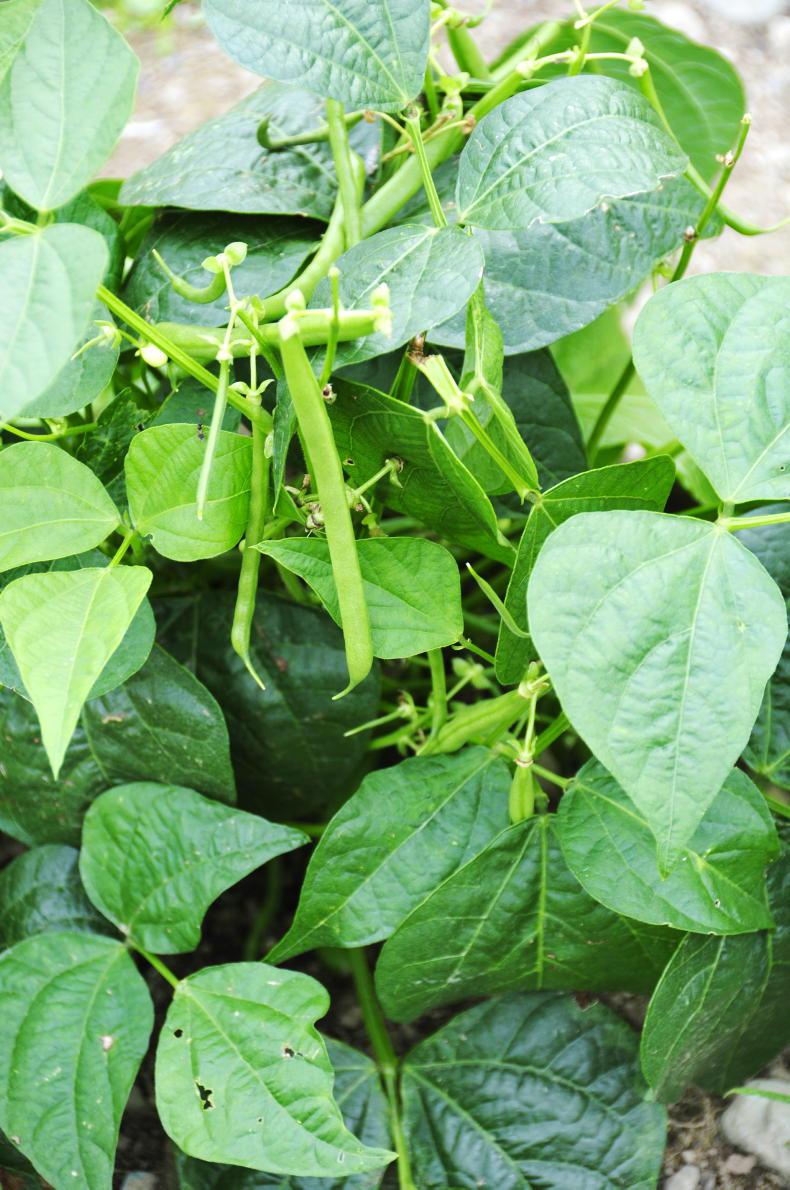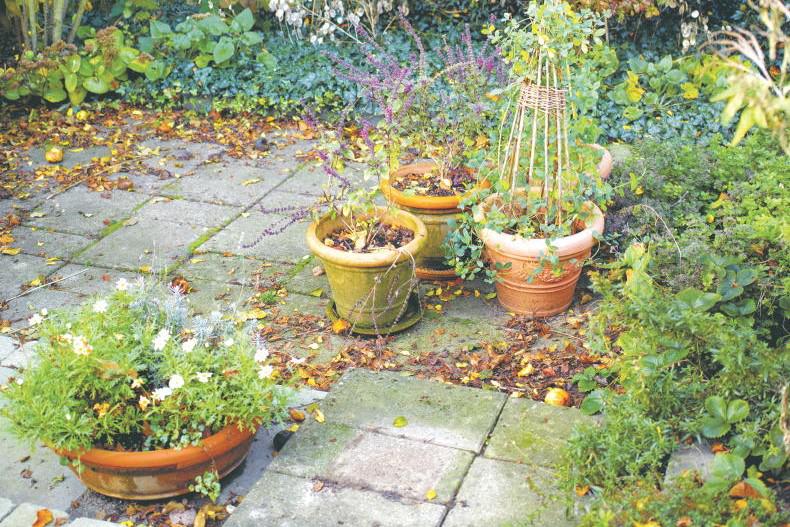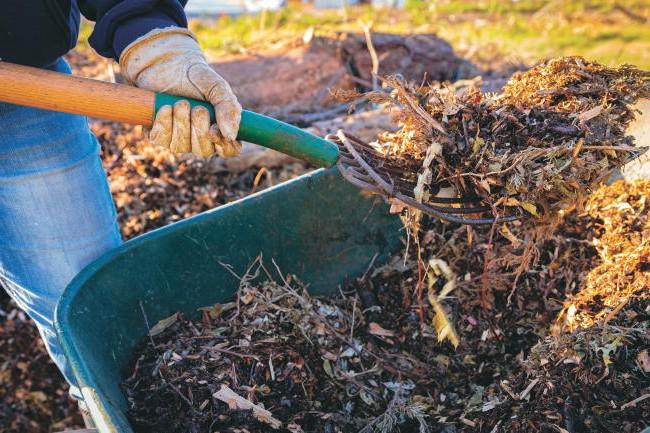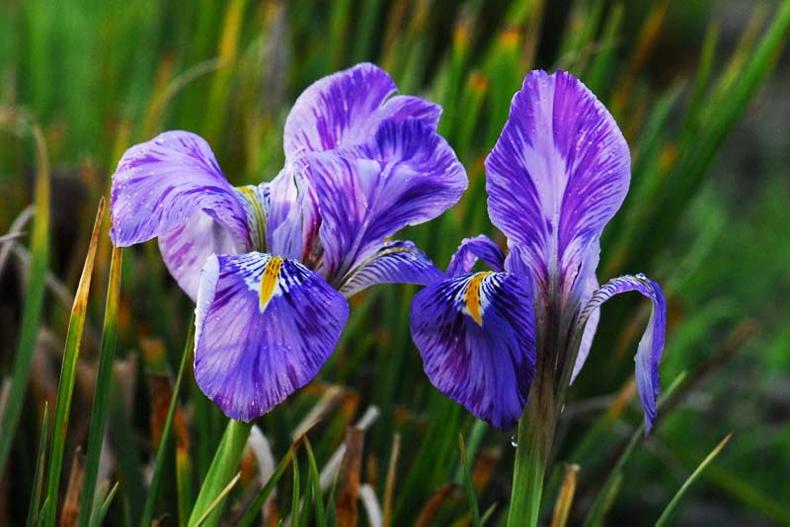Name
St John’s wort gets its name from the feast day of St John, which falls on 24 June annually. This feast day replaced the pagan midsummer festival. The word ‘wort’ means a plant in old English and most of the plants that bear the name wort had a medicinal use attached to this name. In this case, one of the species is still used in some countries as a herbal medicine, namely Hypericum perforatum.
Botanical name
The botanical name of Hypericum is based on Ancient Greek and Latin. The word hyper means high or above, and ericum means ”like heather” as some kinds may grow on heath land. The most famous St John’s wort is Hypericum perforatum, the specific part of the name meaning perforated, which it appears to be, but it is more the case that tiny patches of the plant leaves allow late to pass through.
Family
Hypericum has its own family of which it is the type species, the Hypericaceae. While the flowers are quite similar in structure to roses, the flowers are different enough to require treatment as a separate genus. Indeed, some kinds are known as rose of Sharon.
Garden use
The hypericum best known in gardens is the tall shrub Hypericum ‘Rowallane’. This fine plant originated as a chance seedling in the garden of the same name in Co Down. It can make a big bush to over two metres tall and wide with masses of large flowers and it is often seen as part of a shrub border, especially if the shrub border was planted some years back. Another very well known variety is called ‘Hidcote’, named after the famous English garden. It has flowers similar to those of ‘Rowallane’, although it is a smaller grower and considered hardier than ‘Rowallane’.
The hypericum most widely used in recent decades is the ground-covering Hypercium calycinum, also called ‘rose of Sharon’. This was widely planted in gardens and in commercial landscaping to cover areas of ground, especially banks and slopes. It spreads rapidly by suckering but can be too invasive. It has been affected by hypericum rust disease, which causes all the leaves to fall prematurely and leaves the plants looking very bare in late summer. For this reason, it is not planted so much now.
Somewhat taller, Hypericum moserianum ‘Tricolor’ has variegated and red margins. Another shrubby kind is Hypericum ‘Elstead’ which is grown for its decorative berries rather than the flowers, which are smallish but carried in groups at the ends of the twigs. Later, the upright conical berries are carried in the same groups. These turn red as the leaves colour and it is a very pretty shrub.
There are some wild hypericums, notably tutsan, which has smallish flowers and rounded seed pods, red turning almost black. The seeds are tiny and easily spread and this wild plant often turns up in gardens. It is usually only when the first plant generates more seedlings nearby that its wild nature is suspected. There are several kinds of small hypericums, usually grown as rock garden plants, although many are big enough for use in flower beds and borders. The most common of these is Hypericum olympicum, a broad, flat bun.
All in all, hypericums have a lot to offer, with plenty of different kinds, and they look especially well near the sea, thriving in mild gardens. Both of these shrubs can be allowed to grow and fill the space available or they can be grown as stooled bushes, cut back in later winter and allowed to grow out. They will flower a bit later. Hypericums tolerate some light shade for part of the day, but they flower much more profusely in full sunshine, and the bushes form a much more compact and dense growth. They are not choosy about soil; just an ordinary, well-drained type is required.
Kitchen garden
Try to avoid seasonal gluts

beans
One of the reasons that people ceased to grow vegetables is the disappointment of gluts. Generally, there are more seeds in a packet of vegetable seed than you require. Usually it is only expensive seeds that offer small numbers. For example, seed packets of top-class hybrid varieties may contain just a few precious seeds, whereas a turnip variety that is cheap to produce, may number in the low hundreds. So resist, at least try to resist, the temptation to store more seeds than you should.
Usually around this time of year, late July or early August, the first vegetables begin to reach maturity. This includes, turnips, radish, beetroot, peas, broad beans and possibly carrots. A home-grower of vegetables has a different agenda to that of the commercial farmer/grower. While the commercial operation needs to achieve bulk and quality, the home-grower is not, or indeed should not, be motivated by bulk, but should be motivated by quality, freshness and flavour. A home-grower is likely to be able to try out unusual or heritage varieties.
Begin picking vegetables early, before they have reached their full size because it is important to spread out the harvesting of home-grown vegetables. Such delicate, tender vegetables are too soft and easily dehydrated that they would never make their way into a supermarket, but what they lack in size and shelf life, they offer outstanding flavour and texture. So, pick vegetables before they mature and avoid the bother of having to try and persuade friends, family and neighbours to take them off your hands!
Trees, shrubs and roses
After five or six weeks of dry weather, trees, shrubs and hedging planted in the spring and even last autumn could be under stress, especially on light land. Roses have not suffered as much mildew and blackspot disease but there is some downy mildew and leaf
spot about.
Flowers
Warm weather improves the performance of flowers in pots. Feeding is also essential and can be given in every third or fourth watering. Plants in containers that are given plant food tend to dry out more quickly, because of the boost to growth that the
feed gives.
Lawns
The first rainfall after such a long period of dry weather, with plenty of warm sunshine took the form of heavy downpours and thundery showers. Lawns that were showing patches of dead grass have begun to recover and will restore themselves rapidly.
Greenhouse and house plants
Be sure to water plants in pots or grow-bags regularly, because they can easily dry out. It is too late to spray against grape powdery mildew, this needs to be done when the first signs appear. Continue watering and feeding greenhouse plants. Train and side-shoot tomatoes and cucumbers.
Fruit, vegetables and herbs
There has been good growth recently of sweet corn and courgettes. These crops and some related kinds grow very rapidly as the temperatures rise. Make some late sowings of lettuce and radishes. If the soil is dry, peas and cabbages, notably, should
be watered.
Read more
Gardening with Gerry: a whole host of hosta
Gardening with Gerry: the robust yellow stone crop and an easy to grow rhubarb
Name
St John’s wort gets its name from the feast day of St John, which falls on 24 June annually. This feast day replaced the pagan midsummer festival. The word ‘wort’ means a plant in old English and most of the plants that bear the name wort had a medicinal use attached to this name. In this case, one of the species is still used in some countries as a herbal medicine, namely Hypericum perforatum.
Botanical name
The botanical name of Hypericum is based on Ancient Greek and Latin. The word hyper means high or above, and ericum means ”like heather” as some kinds may grow on heath land. The most famous St John’s wort is Hypericum perforatum, the specific part of the name meaning perforated, which it appears to be, but it is more the case that tiny patches of the plant leaves allow late to pass through.
Family
Hypericum has its own family of which it is the type species, the Hypericaceae. While the flowers are quite similar in structure to roses, the flowers are different enough to require treatment as a separate genus. Indeed, some kinds are known as rose of Sharon.
Garden use
The hypericum best known in gardens is the tall shrub Hypericum ‘Rowallane’. This fine plant originated as a chance seedling in the garden of the same name in Co Down. It can make a big bush to over two metres tall and wide with masses of large flowers and it is often seen as part of a shrub border, especially if the shrub border was planted some years back. Another very well known variety is called ‘Hidcote’, named after the famous English garden. It has flowers similar to those of ‘Rowallane’, although it is a smaller grower and considered hardier than ‘Rowallane’.
The hypericum most widely used in recent decades is the ground-covering Hypercium calycinum, also called ‘rose of Sharon’. This was widely planted in gardens and in commercial landscaping to cover areas of ground, especially banks and slopes. It spreads rapidly by suckering but can be too invasive. It has been affected by hypericum rust disease, which causes all the leaves to fall prematurely and leaves the plants looking very bare in late summer. For this reason, it is not planted so much now.
Somewhat taller, Hypericum moserianum ‘Tricolor’ has variegated and red margins. Another shrubby kind is Hypericum ‘Elstead’ which is grown for its decorative berries rather than the flowers, which are smallish but carried in groups at the ends of the twigs. Later, the upright conical berries are carried in the same groups. These turn red as the leaves colour and it is a very pretty shrub.
There are some wild hypericums, notably tutsan, which has smallish flowers and rounded seed pods, red turning almost black. The seeds are tiny and easily spread and this wild plant often turns up in gardens. It is usually only when the first plant generates more seedlings nearby that its wild nature is suspected. There are several kinds of small hypericums, usually grown as rock garden plants, although many are big enough for use in flower beds and borders. The most common of these is Hypericum olympicum, a broad, flat bun.
All in all, hypericums have a lot to offer, with plenty of different kinds, and they look especially well near the sea, thriving in mild gardens. Both of these shrubs can be allowed to grow and fill the space available or they can be grown as stooled bushes, cut back in later winter and allowed to grow out. They will flower a bit later. Hypericums tolerate some light shade for part of the day, but they flower much more profusely in full sunshine, and the bushes form a much more compact and dense growth. They are not choosy about soil; just an ordinary, well-drained type is required.
Kitchen garden
Try to avoid seasonal gluts

beans
One of the reasons that people ceased to grow vegetables is the disappointment of gluts. Generally, there are more seeds in a packet of vegetable seed than you require. Usually it is only expensive seeds that offer small numbers. For example, seed packets of top-class hybrid varieties may contain just a few precious seeds, whereas a turnip variety that is cheap to produce, may number in the low hundreds. So resist, at least try to resist, the temptation to store more seeds than you should.
Usually around this time of year, late July or early August, the first vegetables begin to reach maturity. This includes, turnips, radish, beetroot, peas, broad beans and possibly carrots. A home-grower of vegetables has a different agenda to that of the commercial farmer/grower. While the commercial operation needs to achieve bulk and quality, the home-grower is not, or indeed should not, be motivated by bulk, but should be motivated by quality, freshness and flavour. A home-grower is likely to be able to try out unusual or heritage varieties.
Begin picking vegetables early, before they have reached their full size because it is important to spread out the harvesting of home-grown vegetables. Such delicate, tender vegetables are too soft and easily dehydrated that they would never make their way into a supermarket, but what they lack in size and shelf life, they offer outstanding flavour and texture. So, pick vegetables before they mature and avoid the bother of having to try and persuade friends, family and neighbours to take them off your hands!
Trees, shrubs and roses
After five or six weeks of dry weather, trees, shrubs and hedging planted in the spring and even last autumn could be under stress, especially on light land. Roses have not suffered as much mildew and blackspot disease but there is some downy mildew and leaf
spot about.
Flowers
Warm weather improves the performance of flowers in pots. Feeding is also essential and can be given in every third or fourth watering. Plants in containers that are given plant food tend to dry out more quickly, because of the boost to growth that the
feed gives.
Lawns
The first rainfall after such a long period of dry weather, with plenty of warm sunshine took the form of heavy downpours and thundery showers. Lawns that were showing patches of dead grass have begun to recover and will restore themselves rapidly.
Greenhouse and house plants
Be sure to water plants in pots or grow-bags regularly, because they can easily dry out. It is too late to spray against grape powdery mildew, this needs to be done when the first signs appear. Continue watering and feeding greenhouse plants. Train and side-shoot tomatoes and cucumbers.
Fruit, vegetables and herbs
There has been good growth recently of sweet corn and courgettes. These crops and some related kinds grow very rapidly as the temperatures rise. Make some late sowings of lettuce and radishes. If the soil is dry, peas and cabbages, notably, should
be watered.
Read more
Gardening with Gerry: a whole host of hosta
Gardening with Gerry: the robust yellow stone crop and an easy to grow rhubarb










SHARING OPTIONS